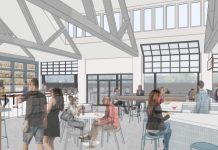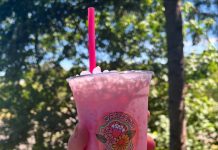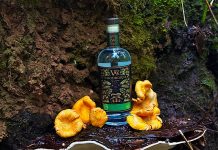Submitted by South Sound GREEN
In the face of COVID-19 and recent stay at home order, parents and guardians may find themselves looking for activities that not only keep students engaged, but also provides information about local environmental science and concerns. In our South Sound GREEN Home Based Science Project series, we will introduce and demonstrate various hands-on and at-home activities for children of all ages to do either indoors or outside!
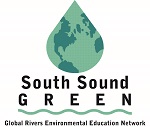 Here we are going to talk about the power of observation for scientists of all ages!
Here we are going to talk about the power of observation for scientists of all ages!
Time Traveling Nature Journalist
Grade Level: K-5
Materials
- Paper
- Pens/pencils/coloring utensils
Background
Scientists study many things in many different ways, but one thing they have in common is the ability to make careful observations. By paying close attention and noticing details in their subject, whether it be volcanoes or tiny frogs from New Zealand, scientists use observations to learn about the world around them.
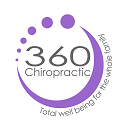 Citizen scientists can use observations to learn about their world, too! By observing an object or space over time, you might begin to start asking questions. In looking out your window, have you noticed any changes to the trees this spring? Have the clouds made unique formations? Did you see a single, double or even triple rainbow? These questions, based on observations, are what lead scientists down the path to exciting experiments and discoveries!
Citizen scientists can use observations to learn about their world, too! By observing an object or space over time, you might begin to start asking questions. In looking out your window, have you noticed any changes to the trees this spring? Have the clouds made unique formations? Did you see a single, double or even triple rainbow? These questions, based on observations, are what lead scientists down the path to exciting experiments and discoveries!
Today we are going to consider the neighborhood where you live. Did you know that humans have been living in modern-day Washington state for 12,000 years? Today, the landscape in your neighborhood may not reflect the world seen by the first natives, or by European explorers. Humans alter the landscape by building roads, converting native forests to lawns or golf courses, or even from the construction of the home you live in today!
There are many ways to collect observations. For example, the Coast Salish people passed down information with storytelling and word of mouth, learning environmental information and practices from elders. When European explorers first came across the area, they recorded what they saw in journals, though not always accurately. Explorers like Lewis and Clark were unfamiliar with the area, and regularly misidentified plants and landscapes. They needed the generations of knowledge to understand what these features were, how to use them, and what they may look like in future seasons. Through storytelling, word of mouth, written journals, drawings, maps, and other recordings, people recorded their observations to learn more about the world around them.
By making observations about your world, you can begin to collect qualitative data, quantitative data, or sensory data and begin to think about how your neighborhood might have looked a long time ago!
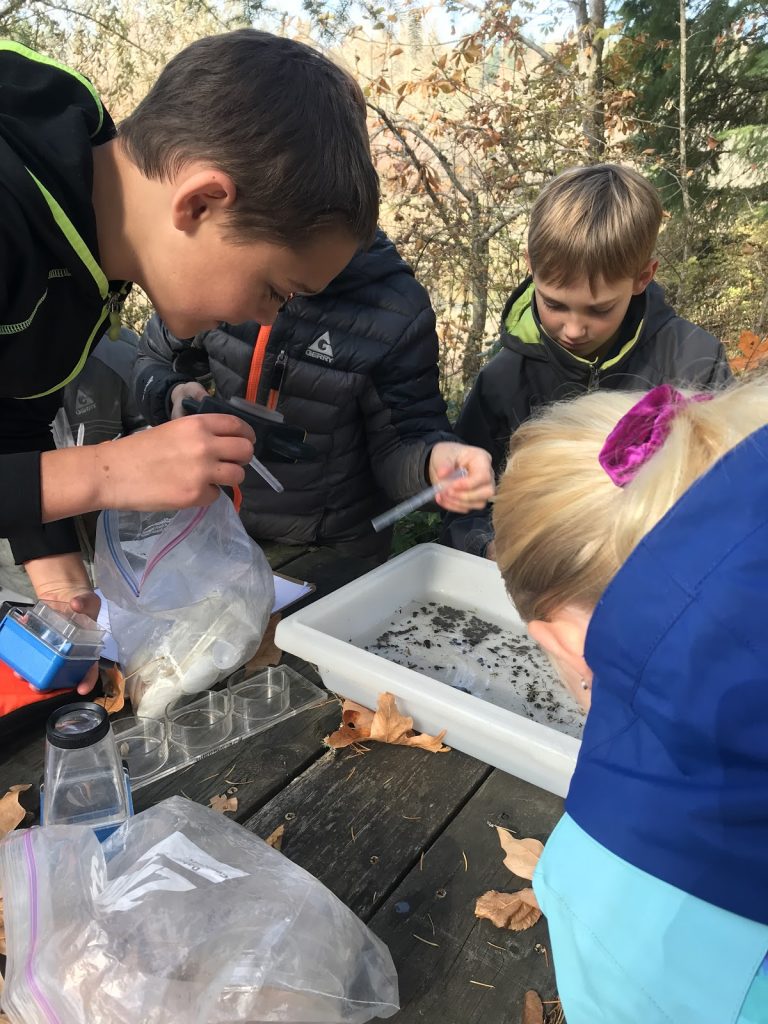
Procedure
- Find a local green space, or stay indoors and look outside through a window.
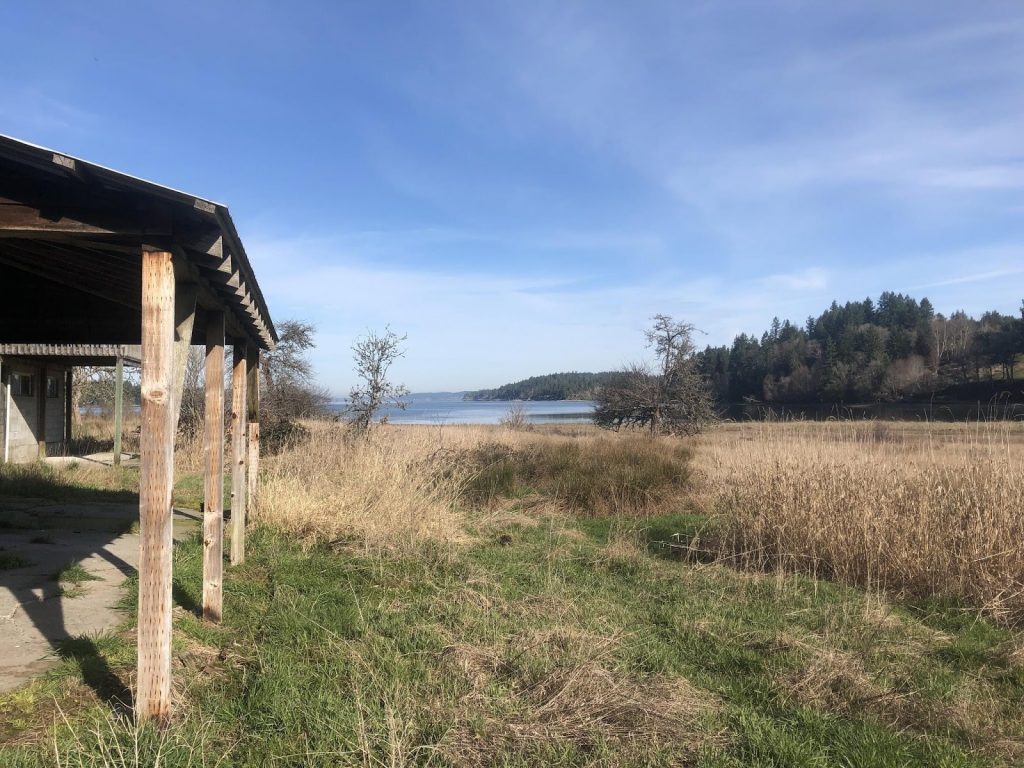
- Make a journal entry, drawing, or recording of your choosing to record any observations you can make. These observations can include (but are not limited to!):
- Do you see any plants or animals? If so, can you identify them?
- Does your environment usually look like this? Does it ever change? Do you think it would look like this tomorrow? What about in 6 months?
- Make observations from a distance as well as up close. When you get close to a natural feature like a plant or a rock, what are some things you see that you didn’t notice from afar?
- What can you observe that was made by a human? What can you observe that is natural, but may have been changed by a human? Use the pictures below to practice finding human impacts on the environment.
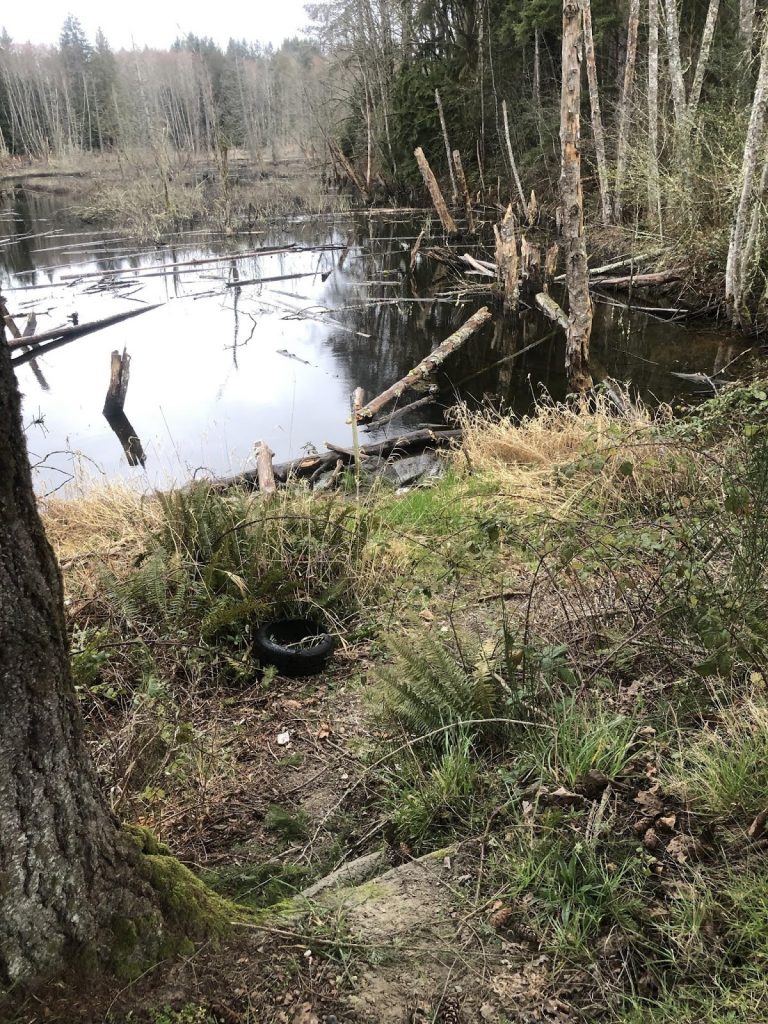
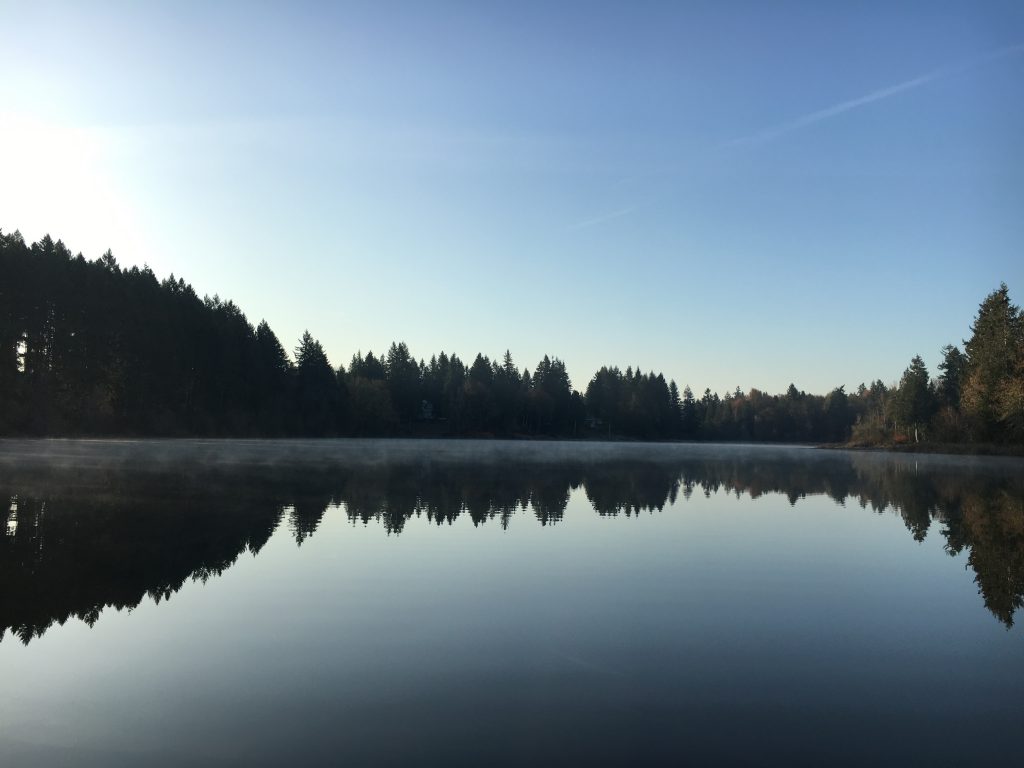
- Now imagine you are a time traveling explorer, who has traveled back to a time when no humans lived in your area. Picture what your environment looks like without any human influence.
- Make another journal entry, this time using your imagined past environment.
- What is different about this environment compared to the present-day environment? What is the same?
- Imagine that you are the first person to ever see this place, and you want to be able to find it again in the future. What are some features you will record that may still be here in a few months? What features might change in that time?
- If you were the first person to ever see this place, would you choose to live here? Why or why not? Include this in your journal recording.
- Now time travel into the future. What are some things you hope to see? What changes would be good for the environment? What changes would happen if we didn’t change anything?
- Bonus activity: Do the same entries, but this time close your eyes and listen to your environment (ideally outside). What are some things you can hear? Can you identify all of the sounds? Which sounds are natural, and which are coming from humans?
Vocabulary
- Citizen scientists: a community or non-professional scientist who conducts scientific research
- Qualitative Data: Data collected through observation
- Quantitative Data: Data collected with instruments such as rulers, thermometers, stopwatches, etc. that is represented numerically
- Sensory Data: Data collected through the use of the five primary senses (sight, hearing, taste, touch, smell
Keep Learning!
- Find out about Naturemapping and see how you can start entering your qualitative and quantitative data!
- Research citizen scientist opportunities in your community
- Share any fun journal entries or drawings with us on Instagram! Use the hashtag #GREENfromhome or find us at @southsoundgreen.
South Sound GREEN (Global Rivers Environmental Education Network) is a watershed education program in Thurston County that educates, empowers and connects thousands of local students in watershed studies annually. Through South Sound GREEN, participants engage in science and engineering practices related to water quality in South Sound. For more information, visit southsoundgreen.org.





